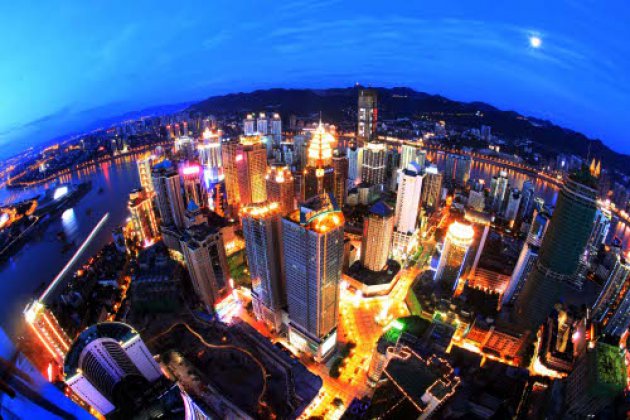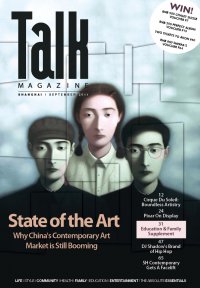Chongqing: The Heart of China

Chongqing is practically a country unto itself. With a population well over 30 million, the municipality tops lists the world over for its packed urban sprawl. It’s a city without bikes in a country of cyclers, one of China’s ‘Three Furnaces’ and, perhaps more temptingly, the incubator for the country’s most beautiful women. An up-and-coming tourist destination, Chongqing is officially on the market.
Chongqing is a city of tenacity. During World War II, the Kuomintang moved their capital inland to avoid the Japanese fighter pilots, who followed their trail down the Yangtze and bombed the city for six years straight. When the Communists came to power, they built up the city to create the ‘Third Line’ of defence against a nuclear attack.
Through the years, Chongqing rose vertically, struggling against its geographical restraints. Known as the ‘Mountain City’, the megalopolis is reined in by the Yangtze and Jialing rivers and shackled by craggy cliffs. As investment headed west through China in the 90s, skyscrapers replaced old homes and a city of commerce was built in the middle of the country.
Still new to the concept of Western visitors, Chongqing is rough around the tourist edges. Most of the traditional diaojiaolou (‘falling leg’ houses built into rock faces with the flimsy support of bamboo stilts) have been ripped off the mountains as expansion overtakes foothills, but the government saw fit to develop Hongya Caves. A commercial centre crammed into a stone face between skyscrapers, Hongya boasts a bar street and shopping hotspot, along with a waterfall.
More impressive is the city’s mammoth doodle project. With artwork covering 37 buildings and more than 50,000 square kilometres, Huangjueping is the largest graffiti zone in the world. Better yet, step outside the city and back through time at Ci Qi Kou. With a history of over 1,700 years, the tiny village made a name for itself with its porcelain during the Ming and Qing dynasties. You won’t find a better place suited for souvenir shopping, with ateliers of local artists packing the streets where ancient kilns made porcelain for shipping up the Yangtze River.
What to Eat
A piquant hybrid of Sichuan cuisine and the hometown flavours of the city’s many migrant workers, Chongqing is a melting pot of scents and tastes, but there’s one dish that gets top billing. As the origin of the spicy hotpot now made popular throughout China, Chongqing’s favourite local dish is at its fieriest in the cradle of the Yangtze. With a hot pot restaurant on every corner, it’s practically unavoidable, so grab the biggest, coldest beer in the joint and pull up a chair to the rolling boil.
Where to Stay
The Sofitel Forebase Chongqing brings the French luxury expected of the five-star hotel brand to the heart of the city. A landmark building, the hotel boasts 464 suites and three exceptional restaurants, offering Cantonese, Sichuan and Japanese dining experiences. Consistently garnering praise from its guests for its high standards of guest service, the Sofitel is in a class of its own in the city.
A destination for business meetings, the Sofitel offers an expansive ballroom and plush conference centre, as well as breakout rooms and cutting edge technology. Undeniably, the Sofitel Cruiser Boat is the perfect spot in the city for an inspired meeting. With two floors and 12 cabins, the Cruiser sails down the Yangtze offering breathtaking night views of the city. During the two-hour trip from Chaotianmen dock to Shanhuba and Shangqingshi, you’ll experience a side of Chongqing that most visitors never have the chance to see.
If you’re travelling to Chongqing in July or August, Sofitel Forebase Chongqing is offering a Dive In Luxury Indulgence package. Including free internet, complimentary laundry allowance, upgrades to a deluxe room, late check-out and three passes to the swimming pool per stay, there’s no better way to experience Chongqing in style.
137 Ke Yuan 2 Lu. Tel: (23) 6863 9999.
Web: www.sofitel.com


